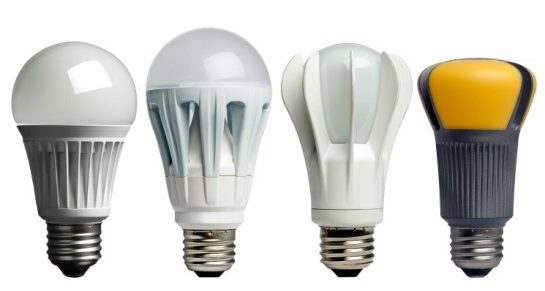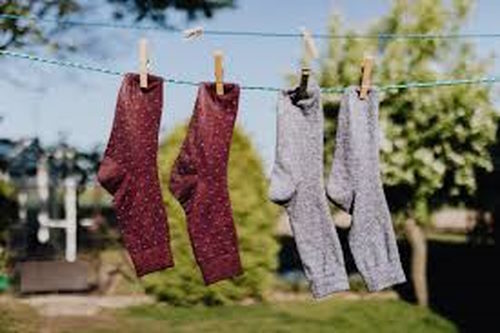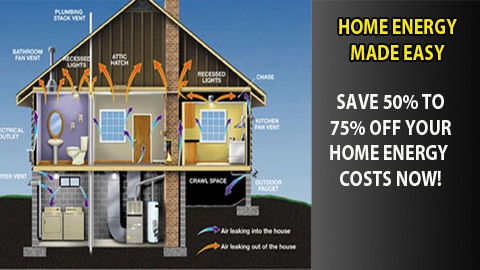
“A utility can handle up to 20% of production from solar and that helps the grid because it produces electricity when needed. Solar power peaks in the middle of the day and that's also when air conditioning is running and businesses are operating, so power production matches usage. ”
Elon Musk

How To Save On Utility Bills
Lower utility bills, specifically a decreased power consumption, benefits both you and the environment. Saving energy reduces your home's carbon footprint, and allows you to save money on utility bills. Fortunately, consuming less energy is a simple lifestyle modification that you can easily do.
Let's look at some of the options available to you on how to save on utility bills.

Ways to Save on Utilities
Shift to using LED bulbs.
Your home's lighting requirements contribute for around 9 to 12% of your total electric expenditure. Older lighting solutions, such as compact fluorescent lamps (CFLs) and incandescent light bulbs, are not only big wasters of electricity, but your money as well. The introduction of LED lamps allows you to save on your energy bill by up to 75%.
The majority of the energy used by incandescent bulbs and CFLs is converted into heat rather than light. LED bulbs, on the other hand, generate extremely little heat. That means they will cost less to light your home than CFLs and incandescent light bulbs. Switching to LED bulbs might save you roughly $225 in electricity expenditures per year. To further increase your energy efficiency target, choose Energy Star-rated LED lamps.
Unplugging appliances to save energy helps.
You can reduce your electricity consumption by around 10% each month if you unplug appliances that are not in use. That is because modern devices and electronics still draw a small amount of energy even when they are switched off. That happens if they are all plugged into the same power source.
Moreover, you can turn your appliances on without intending to do so, and leave them running without your knowledge, especially if you have various electronics and devices connected to a power strip. For example, when your TV, DVD player, gaming console, and electric fan are connected to a single extension box, switching on the outlet can get all the devices running even if you have no intention of using all of them.
Develop the habit of unplugging appliances to save energy. It contributes significantly to the achievement of your goal.

Use energy-saving appliances.
Upgrading to appliances and equipment that are certified energy-efficient will help you achieve your goal of reducing your power cost by as much as 75%.
This is because these appliances require the least amount of energy to perform their functions, allowing you to save money on energy bills.
The following appliances account for up to around 30% of your electric bill: air conditioner, water heater, refrigerator, dishwasher, washing machine and dryer, television, microwave, electric fan, and blender. If your old units need to be replaced, consider upgrading to energy-efficient replacements.
Make it a point to clean and maintain your appliances on a regular basis
Even the highest rated energy-efficient appliances can waste electricity if they are not properly maintained. Because as appliances age, they gather dust, grime, and other debris that impede their effective operation and can lead to performance concerns. As a result, these issues may have an impact on the energy efficiency of the equipment.
A blocked furnace filter, for example, will make your heating system work harder to keep your home at an optimal temperature throughout the cold months. This increases the power consumption. Clean appliances, on the other hand, often need less electricity to run, and help you save on your energy bill.
No credit card needed
No subscription
Regularly replace your air conditioner filter.
The AC filters are designed to make your cooling system function more efficiently. They accomplish this by trapping dirt and other debris in the air. A clogged filter limits airflow, and hence the efficiency of your system. Because your air conditioner has to work harder to keep cool air circulating in your home, it consumes more electricity, causing your electric bill to rise.
A blocked filter not only increases the system's power consumption, but it can also cause your equipment to wear out faster. As a result, you should update your filter on a regular basis. You should not leave this task unattended for more than ninety days. Otherwise, expect to pay extra because the unit uses more energy to chill your home.
Dry your clothes outdoors.
Many people dry their laundry outside to save money on utility bills. Clothes dryers are power hogs, so use them as little as possible if you want to reduce your power consumption.
A clothes dryer requires an average of 2,000 to 6,000 watts or 2 to 6 kWh, depending on the type, temperature setting, and other factors. So, if the cost of electricity in your location is 12 cents per kWh, each hour you use the device will cost you between 24 and 72 cents. The frequency with which you do the laundry determines how much money you can save in a year by hanging your garments to dry.

Perform an energy audit on your home.
A home energy audit provides a more accurate view of your home's energy consumption. It enables you to assess how much electricity it consumes, where that energy is wasted, and what steps to take to improve your home's energy efficiency.
Because the energy audit identifies where you are wasting electricity, it will assist you in identifying the essential remedies or repairs to address the issues. In many cases, these energy-saving solutions can help save on your energy bill amounting to hundreds of dollars on an annual basis.
Conclusion
How to significantly save on utility bills is a question with numerous answers. First, you must evaluate what variables contribute to your home's high energy use. Then, you must hunt for remedies and solutions to the problems. If inefficient old appliances are the offenders, for example, upgrading to energy-saving alternatives is one possibility.
Making lifestyle changes will go a long way toward helping you consume less power and let you save on your electricity bill. Swapping out incandescent bulbs for LEDs, using insulated paint, insulating your water heater, and disconnecting unwanted equipment will all have a significant influence on your objective of lowering your electric bill.
No credit card needed
No subscription

